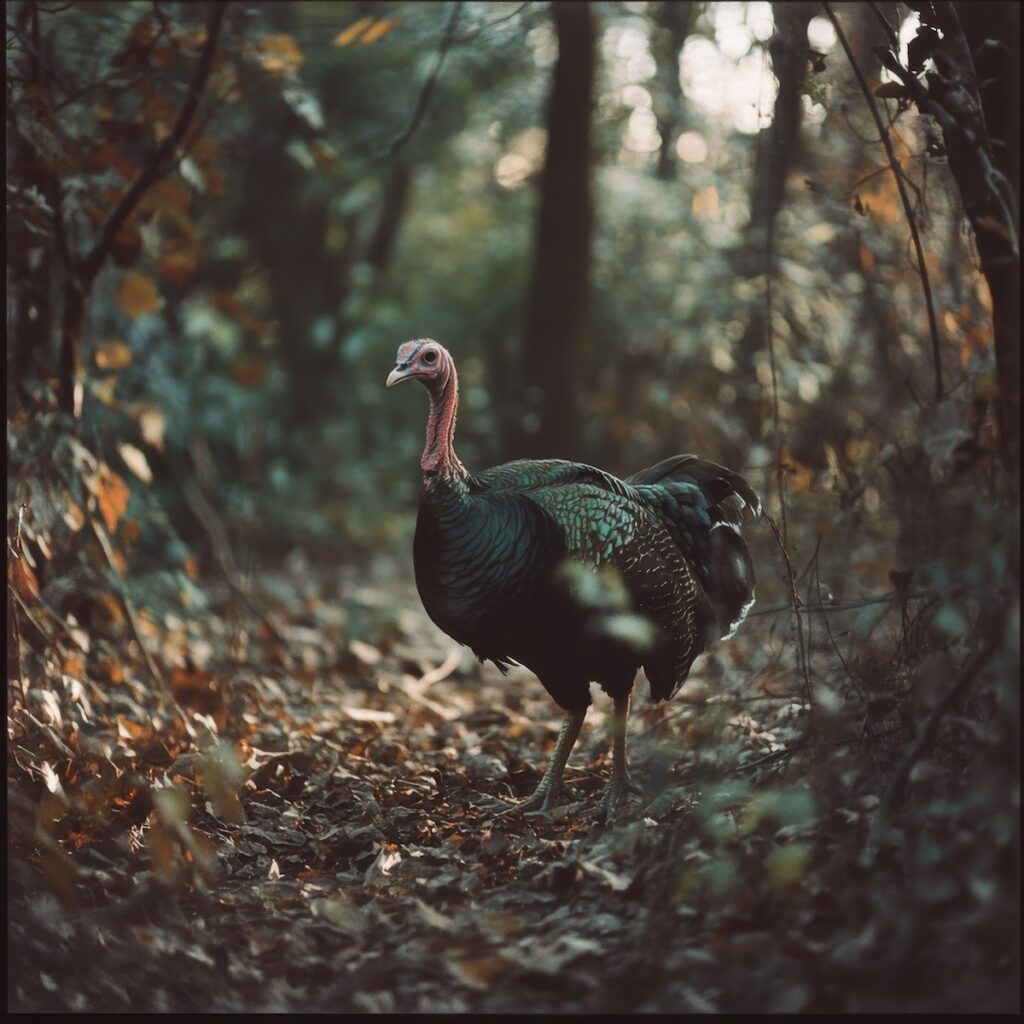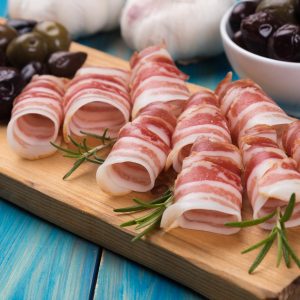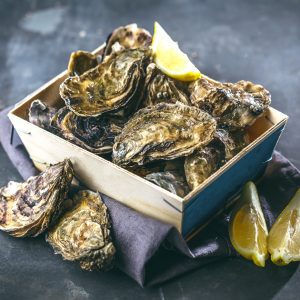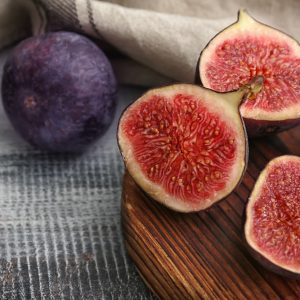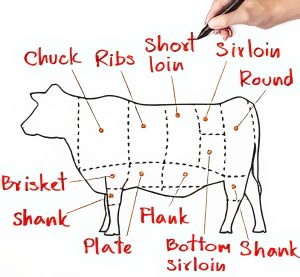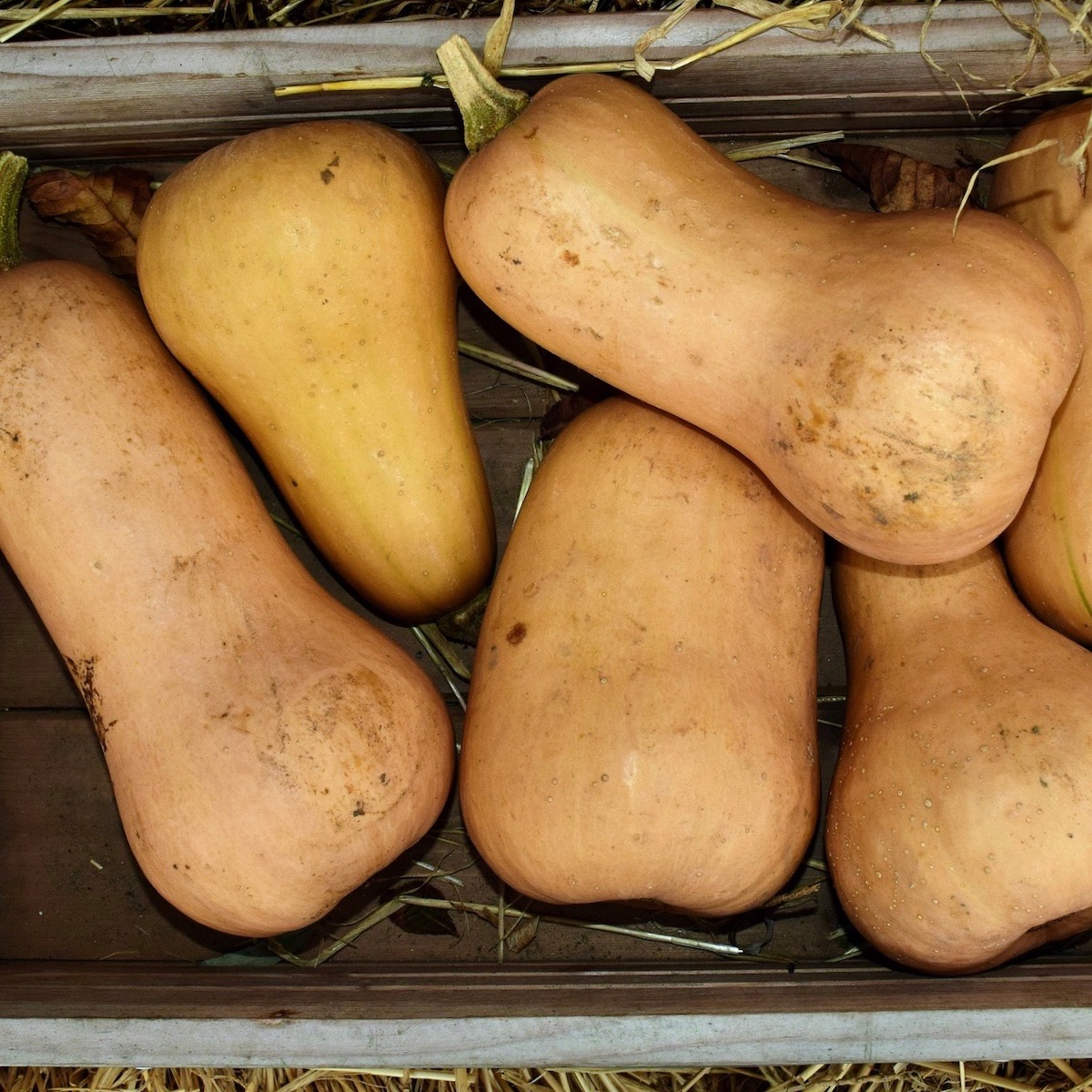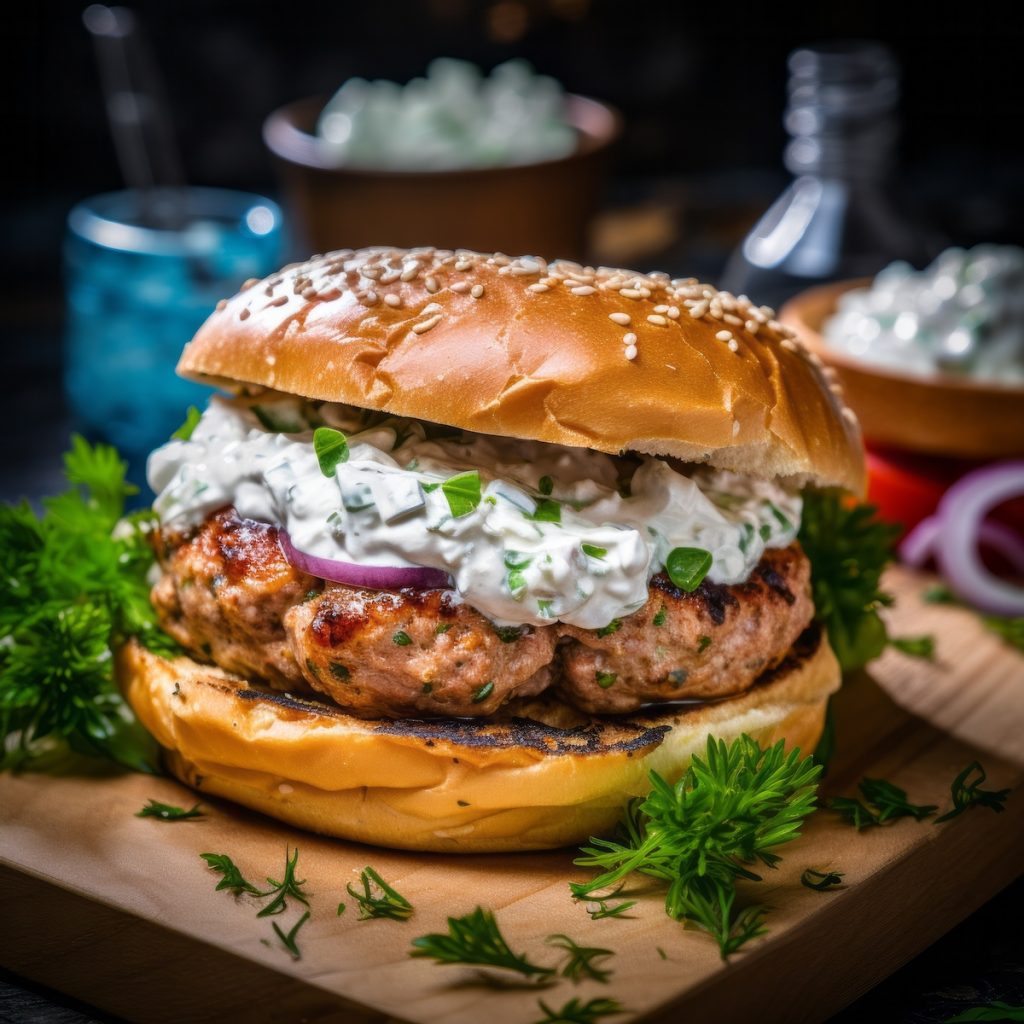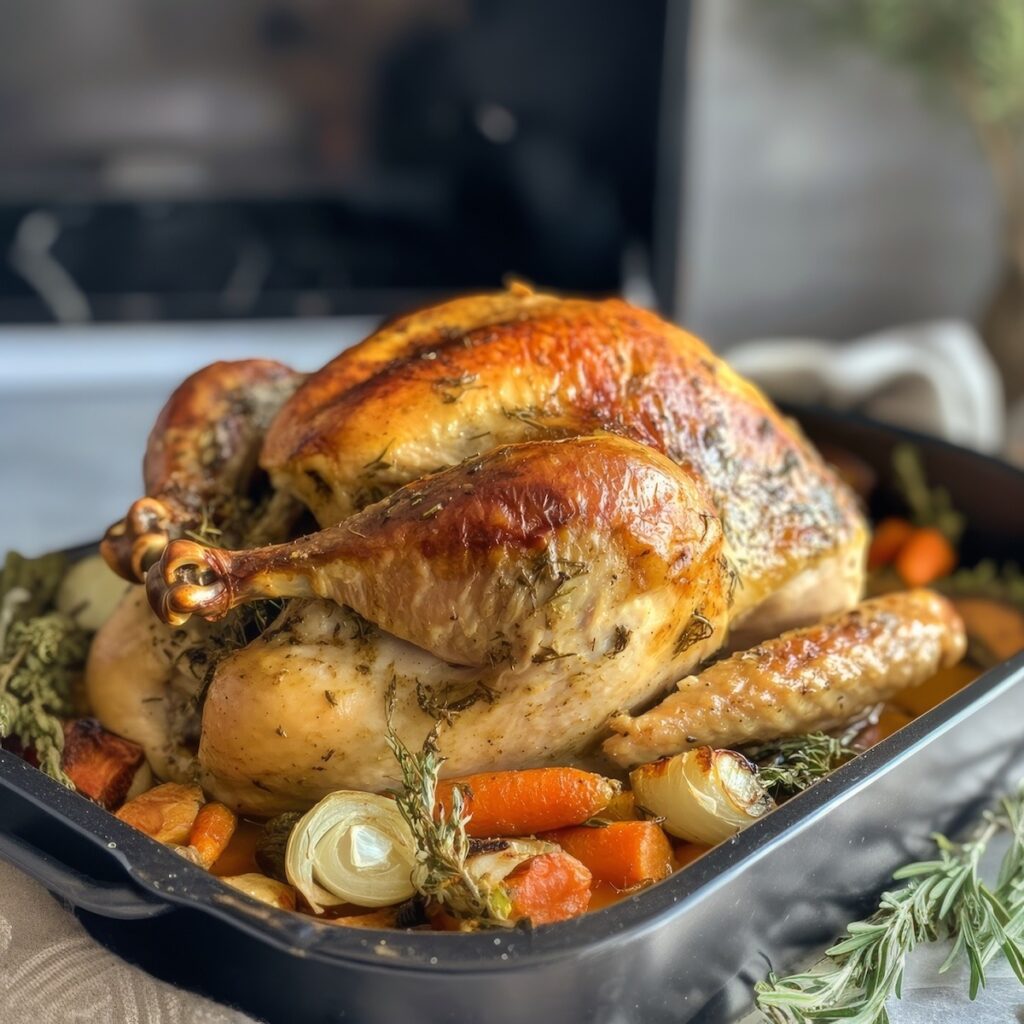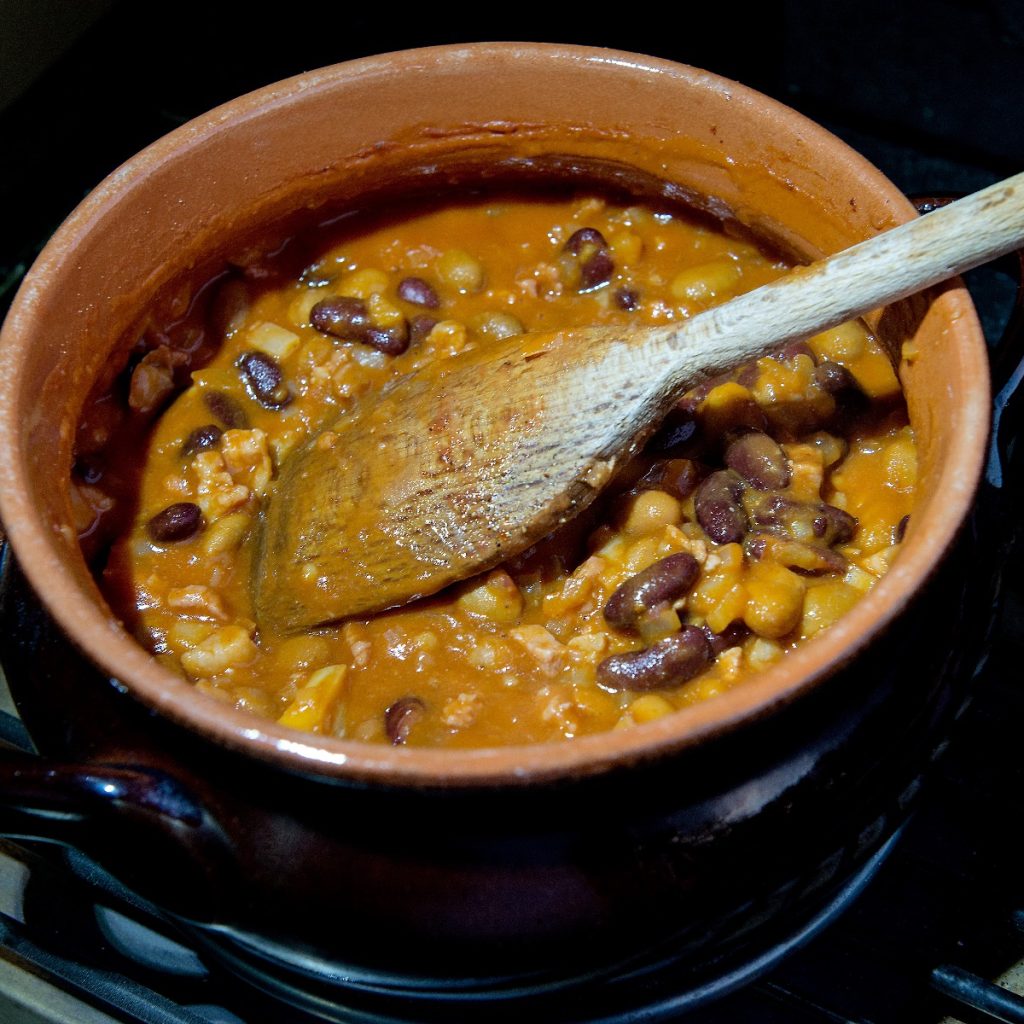How Wild Turkeys and Farm-Raised Turkeys Differ in Taste and Texture
Wild and farm-raised turkeys differ in several key areas: diet, lifestyle, size, and flavor.
First, their diets vary. Wild birds forage for food in forests and fields, eating seeds, berries, and insects. This diet gives their meat a richer, more varied flavor. In contrast, farm-raised turkeys are fed a controlled diet, mainly corn and soy, which results in a milder taste.
Second, their lifestyles differ. Wild turkeys are active, constantly moving and foraging, which makes their meat leaner and more muscular. Farm-raised, however, are raised in confined spaces and tend to be less active, leading to softer, more tender meat.
Next, size is another difference. Farm-raised turkeys are bred for size, often weighing much more than wild turkeys. Wild turkeys, being more muscular, are generally smaller and less plump.
Finally, these factors affect the texture and flavor of the meat. Wild turkey meat is leaner and has a stronger, gamey flavor, while farm-raised turkey meat is more tender and milder.
Each type of turkey offers a unique eating experience, depending on your preference.
Taste
The taste of wild and farm-raised turkeys is noticeably different due to their diets and lifestyles. Wild turkeys have a stronger, more distinct flavor. Their varied diet of seeds, berries, and insects contributes to a gamey, earthy taste.
This flavor comes from the turkey’s active lifestyle, which builds muscle and makes the meat leaner. As a result, wild turkey meat can be more intense and less fatty than farm-raised birds.
Farm-raised turkeys, on the other hand, have a milder, more neutral flavor. Their diet of corn and soy leads to a more consistent and less complex taste. Because farm-raised turkeys are less active, their meat tends to be more tender and juicy, with a smoother, more delicate flavor.
Wild turkey’s bolder taste in cooking pairs well with stronger seasonings or richer sauces. Farm-raised turkey’s subtle flavor works better with lighter seasonings or traditional preparations like roasting with herbs. Overall, the flavor difference makes each turkey unique, and your choice depends on whether you prefer a more robust or milder taste.
Chewiness
Wild turkey can be more chewy than farm-raised turkey. This is because wild turkeys are more active, which leads to leaner, tougher meat. Their muscle development produces a firmer texture, especially in the breast and leg meat.
On the other hand, farm-raised turkeys are bred to grow quickly and are less active, so their meat tends to be more tender and moist. The meat of farm-raised turkeys is also fattier, which contributes to a softer, juicier texture.
If you’re cooking wild turkey, it’s essential to use methods that help tenderize the meat, like slow roasting, brining, or cooking it in a moist environment, to avoid it becoming too chewy.
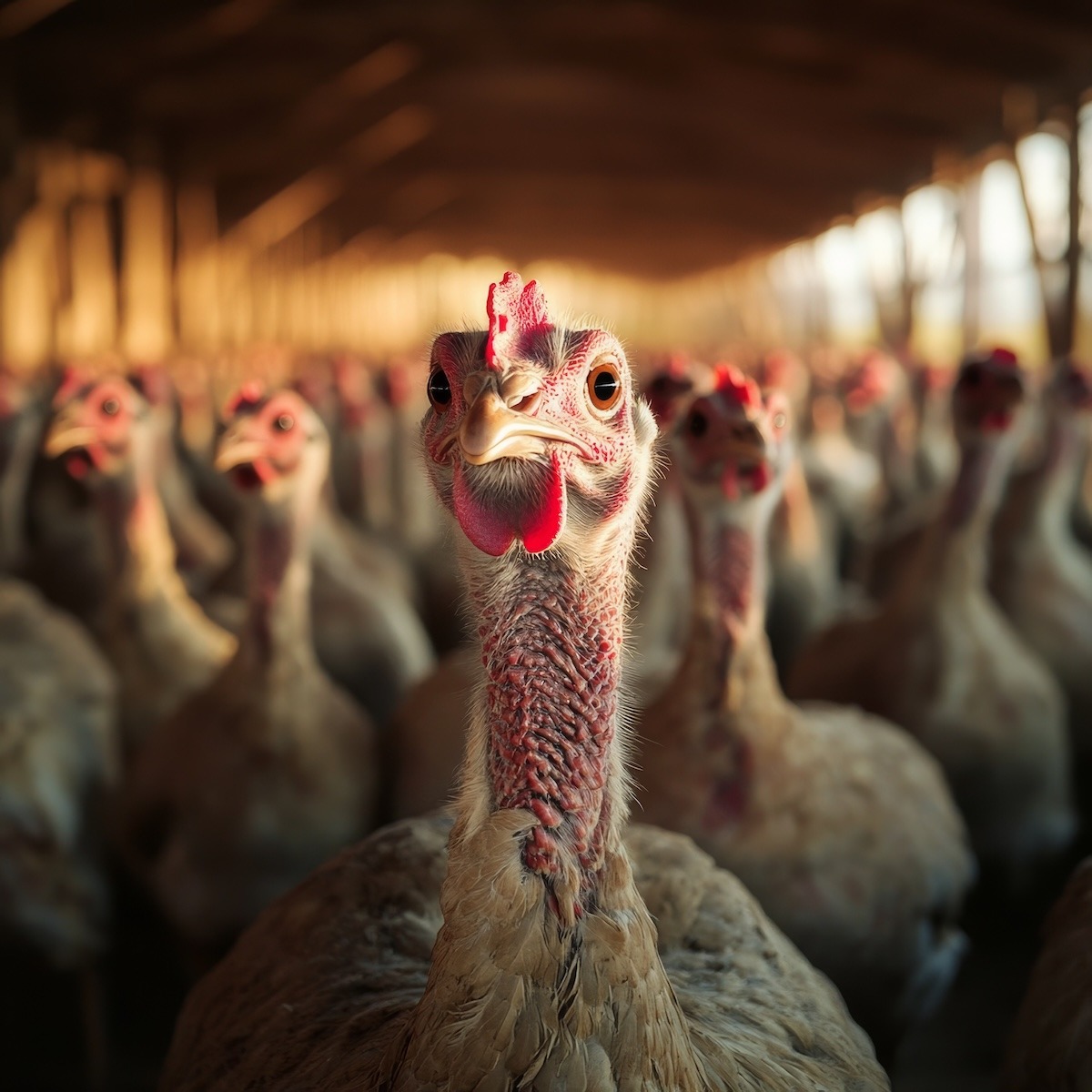 Farm Raised Turkeys
Farm Raised Turkeys
Cooking
Due to their different textures and moisture content, wild turkeys and farm-raised turkeys are cooked in different ways.
Wild turkey is leaner and can be tougher, so it requires more care during cooking. To keep the meat tender and juicy, it’s best to cook it slowly at a lower temperature.
Brining can help retain moisture, and slow roasting, braising, or cooking with moisture (like in a covered pan or with a sauce) are good methods. Wild turkey breast, in particular, can dry out quickly, so it’s important not to overcook it.
Farm-raised turkeys are more tender and fattier, more forgiving, and can handle higher cooking temperatures. You can roast them at a higher heat, which will give them a crispy skin while keeping the meat moist. Since farm-raised turkeys are generally juicier, you don’t need to worry as much about moisture loss during cooking.
Wild turkey benefits from slower, gentler cooking methods, while farm-raised turkey can be roasted more traditionally.
Buying a Wild Turkey for Thanksgiving
You can buy a wild turkey for Thanksgiving, but it can be more challenging to find compared to farm-raised turkeys. Wild birds are not commonly sold in mainstream grocery stores, as they are typically hunted or sourced from specialty suppliers.
However, some butcher shops, local farms, or online retailers might offer wild turkeys, especially around Thanksgiving. They tend to be pricier due to their limited availability and the sourcing costs.
If you’re interested in a wild turkey, you should check with specialty markets or order beforehand to ensure they’re available. Remember that wild turkeys are often smaller and leaner than farm-raised ones, so you might need to adjust your cooking methods and expect a different texture and flavor.
5 Fun Facts About Wild Turkeys
- They can fly short distances: Wild turkeys are strong fliers, unlike farm-raised turkeys. They can take off quickly and fly up to 55 miles per hour for short bursts, usually to escape predators or reach high roosting spots.
- They have excellent vision: Their eyes are positioned on the sides of their heads, giving them a wide field of view. Wild turkeys can see almost 360 degrees around them, making it easy for them to spot predators.
- They have unique vocalizations: Wild turkeys are known for their distinctive “gobble” sound, especially the males during mating season. They also communicate with clucks, purrs, and other calls to stay in touch with their flock.
- They’re omnivores: They eat a varied diet, including seeds, fruits, insects, and small reptiles. This diverse diet contributes to their rich, gamey flavor.
- They have sharp eyesight and hearing: Wild turkeys can see in full color and have excellent hearing. Their ability to detect even the slightest movement helps them avoid predators in the wild.

